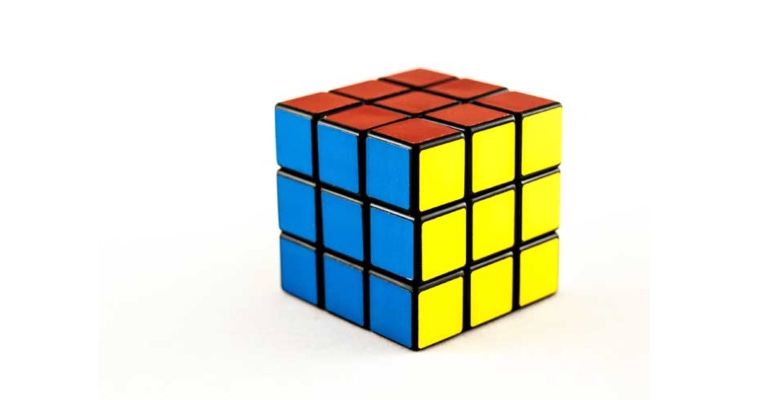License Global speaks with inventor Erno Rubik to learn how this pop culture classic merged simplicity and complexity to become a global evergreen brand.
February 7, 2020

With more than 350 million units sold, placing it as the 10th most-sold product in the world under the iPhone, the Rubik’s Cube is an icon of architecture, art, intelligence and play. License Global speaks with inventor Erno Rubik to learn how this pop culture classic merged simplicity and complexity to become a global evergreen brand.
License Global: How would you describe the growth of the brand since its inception?
Rubik: “That’s a long history, how a brand can be born. I realize I did something; but I didn’t realize the size of it. I was sure it was something interesting, but I was not sure if it would find people, or people would find it, or find the value of it. You never know; I tried.”
Created in 1979, the humble Hungarian architecture professor not only founded one of the world’s most popular toys but generated an art movement – dubbed Rubik’s Cubism – and created a product that would go on to inspire countless licensed extensions, from furniture to animated kids’ shows and beyond.
How does it feel to have so many branded items with your iconic design, and what’s next for the Rubik’s brand?
“It’s strange; I suggest you try it. I hope the brand will grow, stabilize and be able to react and answer the challenges of the future… the needs of the new generations to keep it as a classic.”
Celebrating its 40th anniversary, the brand reaches across countless categories and consumer interests, enhancing its powerful position in pop culture through brand licensing. Having appeared in McDonald’s Happy Meals, Huawei’s giant Interactive Cube in London, colorful collaborations with Puma and launching new iterations of the product for new generations, the relevance of the retro brand is clearly as strong today as it ever was.
What makes the Cube such an icon in pop culture, toys and puzzles?
“Why did it become important? The cube became an icon of creativity, intelligence and that kind of thing because of the complexity of it. But you can reach complexity through simplicity, so this kind of contradiction, in my belief, creates tension, and tension makes us [feel] alive. The cube also teaches you of the importance of your mind and your hands.”
What makes a great toy, or a great product for that matter, is not just the culmination of simplicity and complexity – but the focus on the user.
The physical and mental challenge of the cube offers catharsis and an engaging escape for kids, adults and Rubik’s fanatics alike, no matter which of the 45 quintillion potential combinations you land on. Combine this with the simple but immediately distinctive style, and the staying power of the Rubik’s Cube is clear to see.
Celebrating the brand’s 40th anniversary with Thinkfun at Spielwarenmesse 2020, License Global learned that the future of the brand holds as much potential as the mind-boggling combinations it so frustratingly offers.
About the Author(s)
You May Also Like






